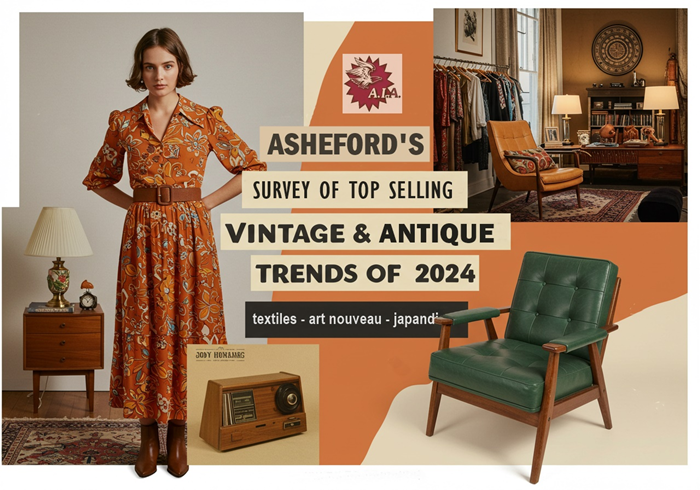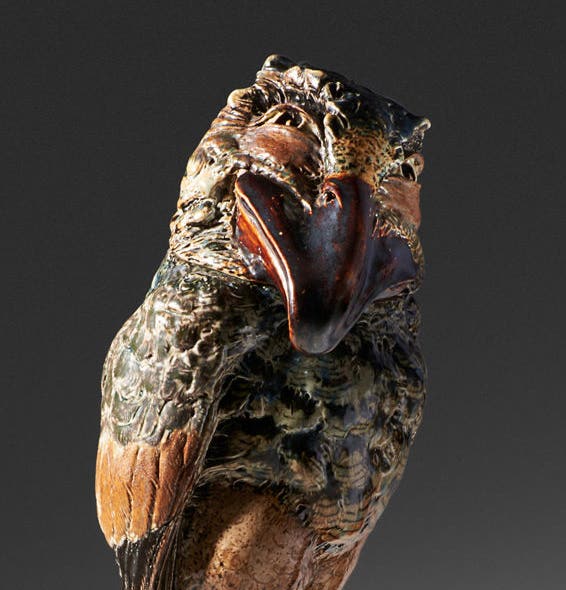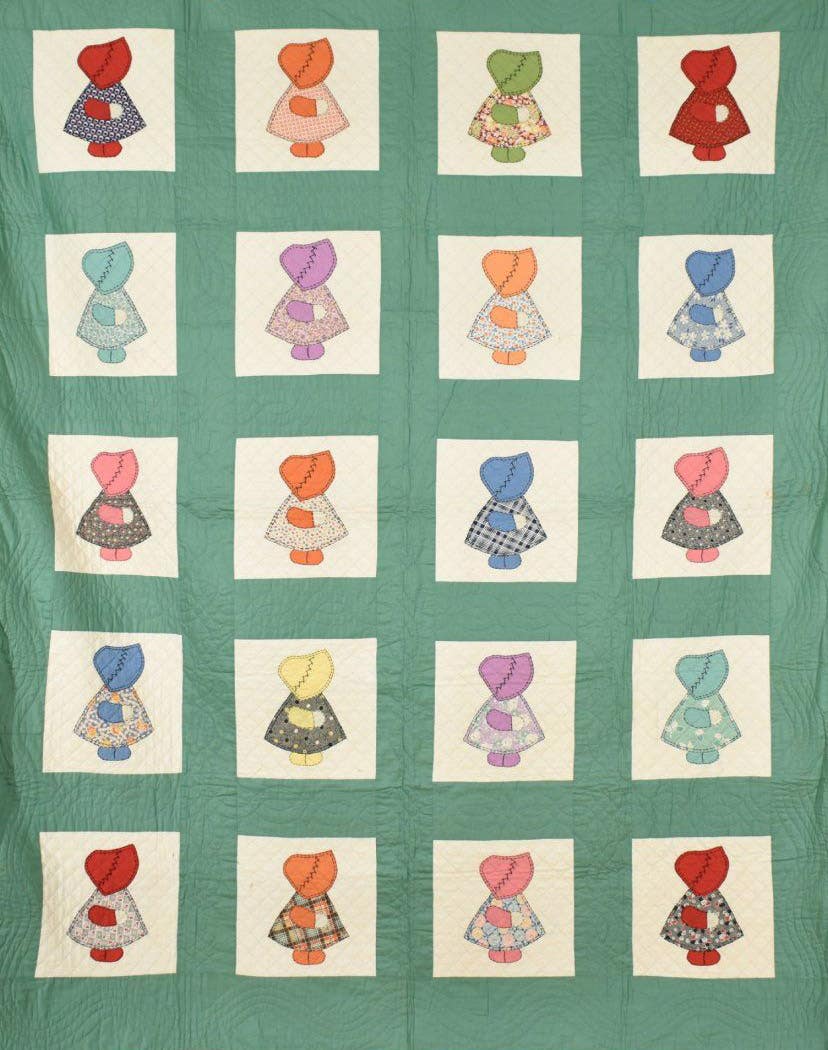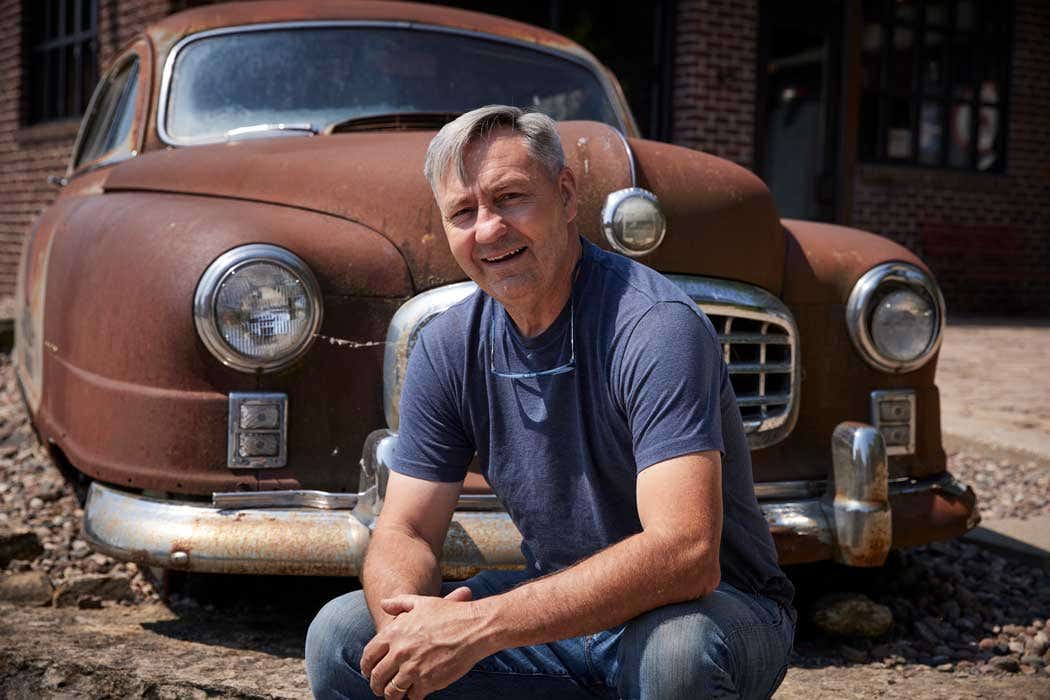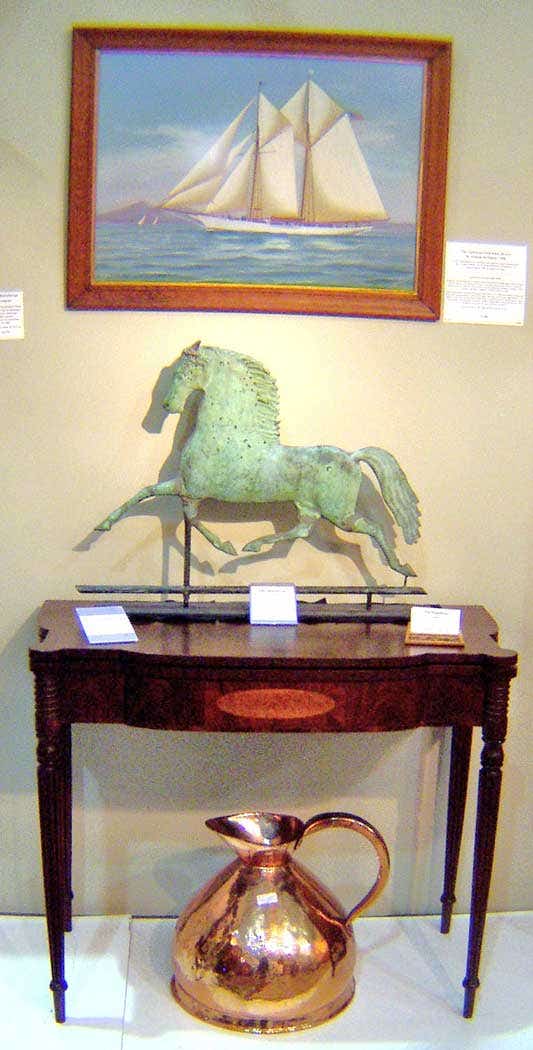It’s a Cast Iron World: Lost and Found Collectibles deals in vintage cast iron
In this Eye on Entrepreneur profile, Jeremy Schneider, owner of Lost and Found Collectibles, discusses cast iron cookware and more with Antique Trader contributor Sara Jordan-Heintz.
People often say that nothing they make in their homes or order in restaurants tastes quite as good as they remember grandma making it, and perhaps there’s a grain of truth in this perception.
Jeremy Schneider, sole-proprietor of Lost and Found Collectibles based in Denver, Colo., believes this difference lies in the cookware, namely vintage cast iron. Operating his business within Antiques Etc. antique mall, Schneider deals almost exclusively in retro cast iron products, which he says, are enjoying a Renaissance, particularly with the younger generation of cooks.
Cast Iron Classics Inspire
For Schneider, his love of cookware began as a young Boy Scout and outdoor enthusiast.
“I remember making peach and cherry cobblers in the Dutch oven over the camp fire, but didn’t think much about it before I went to culinary school. I got an associates degree in culinary arts from Johnson Wales University in Denver in 2007,” he said. “When I got to a point when I wanted to buy cast iron, it was very heavy and porous, with a rough surface, and really hard to work with. So I started doing research and found there was a whole collecting community around vintage cast iron cookware.”
Why vintage instead of contemporary cast iron?
“Vintage cast iron was machined so it’s very smooth. Essentially it’s like non-stick cookware is today,” he explained. “And it’s lighter in weight than newer cast iron products. People like that it’s vintage. Especially in Colorado, there’s younger people in their 30s that kind of are at the start of their careers, and cooking is a big thing, and to be able to tell the story of it is great.”
Appeal of Cookware
What makes this type of cookware stand out from the competition?
“Heat evenly distributes across the cast iron cookware, which assures that there aren’t hot or cold spots like other types of cookware. In addition, cast iron is very good at retaining heat as well, which makes it perfect for frying or baking,” he noted. “People just love it because one of the really neat things about it is there is almost a flavor you get. It’s something that’s hard to explain, but you know you get a great crust on steaks; it just puts great special flavor that people really love. And it makes the best corn bread, I’m telling you.”
Consulting his father Kent Schneider, an antique dealer based in his native Topeka, Kansas, Schneider began acquiring vintage cast iron products by shopping garage sales, flea markets and antique malls. He re-seasoned the pots and pans and began selling them first on eBay, then at weekend set-up shows.
“I decided I had enough pieces and enough business to set up my own shop,” he said.
He founded Lost and Found Collectibles in 2014, setting up shop inside Antiques Etc. antique mall, an over 10,000 sq. ft. facility that spotlights the wares of more than 50 dealers, who sell art, vinyl records, clothing, furniture and glassware.
Making the Most of Mall Space
One of Schneider’s favorite aspects of working out of this locale is the fact Antiques Etc. provides
staffing for his booth, allowing him to move merchandise seven days a week, and give focus to his day job working quality assurance.
“I try to keep my inventory as full as possible, and try to have 150-200 pieces at any one time,” he said. “They are all American-made, between 1850-1950.”
Skillets, pots, pans, bakeware, cornbread pans and accompanying lids can all be had. The three major product brands he sells are Griswold, Wagner and Wapak, plus hundreds of other smaller, lesser-known brands. Entry-level cast iron pieces start at around $35 apiece. Hard to find products can fetch hundreds of dollars.
What are the most expensive pieces of cast iron he has sold?
“Lids for skillets or Dutch ovens are very difficult to find, so when I sell them, they sell for pretty high money. The most expensive piece was a number 5 size Griswold low dome skillet lid from the 1920s/30s that sold for $460 on eBay.”
Tapping into Travel to Acquire New Finds
Schneider noted the difficulty in obtaining inventory in Colorado, citing the Midwest as a better location in which to find vintage cast iron products.
“Usually what I end up doing, at least once a year, is go on a trip to antique shows — essentially it’s a long weekend — with stops throughout Kansas, where there’s a lot of different dealers set up, and I try to purchase as much cast iron as I can to sustain my business through the year. Also, when my dad comes across pieces, he saves them for me. Here in Colorado, the inventory is very sparse. It’s hard to find vintage cast iron. For selling, however, it’s extremely popular. There are a lot of foodies and people who enjoy cooking, so selling it out here has been really, really great. Just finding the inventory is hard.”
There is an art — and a science — to restoring and re-seasoning an old cast iron pan.
“I strip them down to bare iron using electrolysis, like the reverse of chroming a bumper. You essentially use electrodes through negatively recharged water, and it will strip the cast iron of anything that’s on the surface,” he revealed. “Then I re-season [the pan] in an oven at 500 degrees Fahrenheit for a period of time, and
I usually use lard or other oils. I find that it gives it a much better seasoning.”
Keeping It Clean and Cared For
Keeping cast iron properly clean is essential to its longevity.
“The only thing that’s really important when you’re done cooking, is to make sure you get residual food particles off the surface. Add some water and bring to a boil and wipe, then add a little bit of oil all over the surface.
If you don’t, it can rust. Never use soap, and never put through the dishwasher,” he said. “Cast iron is pretty rigid but it can be brittle, so if you’re rough on it, it can crack and then it’s a lost cause.”
Despite the internet’s ability to lure shoppers away from brick and mortar operations, Schneider said online shopping hasn’t hindered his business.
“Some of the people who follow me are pretty big collectors and will ask me, ‘have you seen this, have you seen that,’ so I’ve made sales that way,” he said. “I don’t think the brick and mortar stores are dying.”
Quality Adds to Collectability
What cast iron products are hot, and which ones lack the sizzle?
“I would say the best products continue to go up in value and the mediocre ones continue to drop in value,” he explained. “Whenever possible, buy the best stuff. Buy the best thing you can afford. A lot of people tell me stories about how their grandparents had cast iron cookware and they still use it. With a little care it will last forever. It’s made to last. There are pieces I have in my collection that are from the 1880s and ‘90s that I use several times a month, and they are even better than new pans. They’re utilitarian — pieces of history, and made to be used.”
When it comes to the three keys to great business, Schneider says, “I always tell people ‘sell what people want, and not what they don’t’; meaning, try to stay up on trends and stock the items that people are interested in, and that you have had experience selling, and quickly try to get rid of items that are not selling — whatever it might be! Also — buy and sell what you like. If you like it, the odds are that others will as well.”
If you like what you've read here, we invite you to consider subscribing to Antique Trader.
A one-year subscription (24 issues) is $20 for digital and $26 for print.



